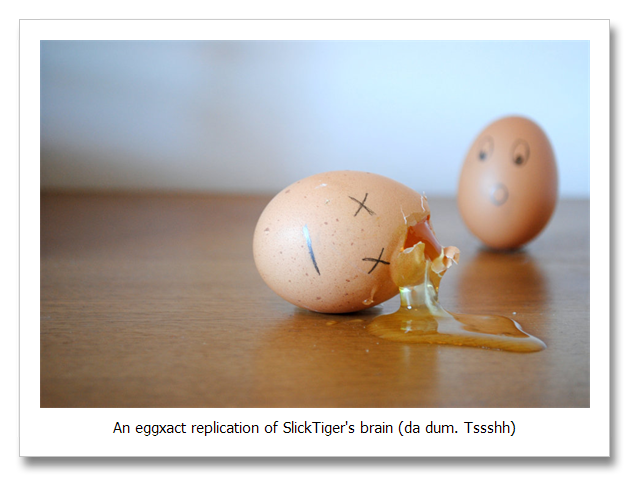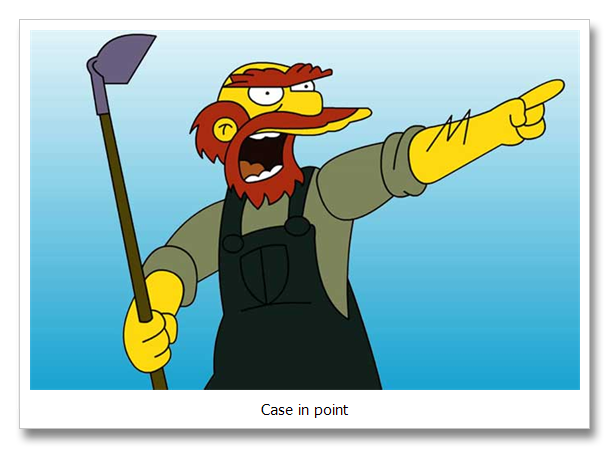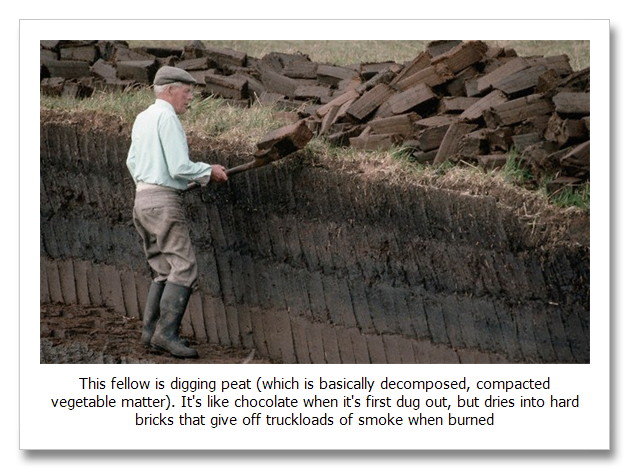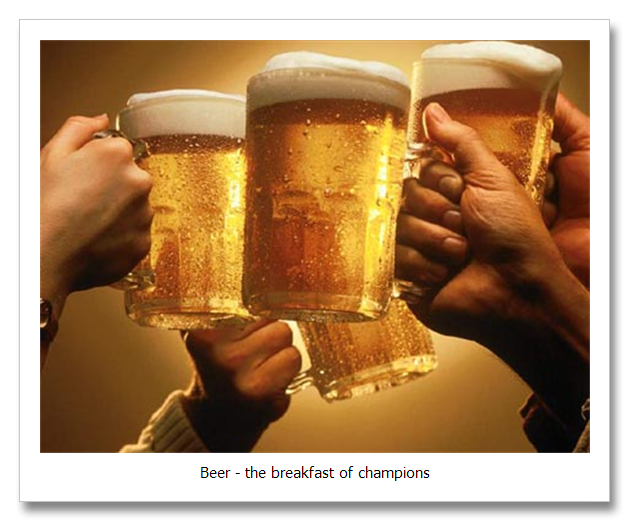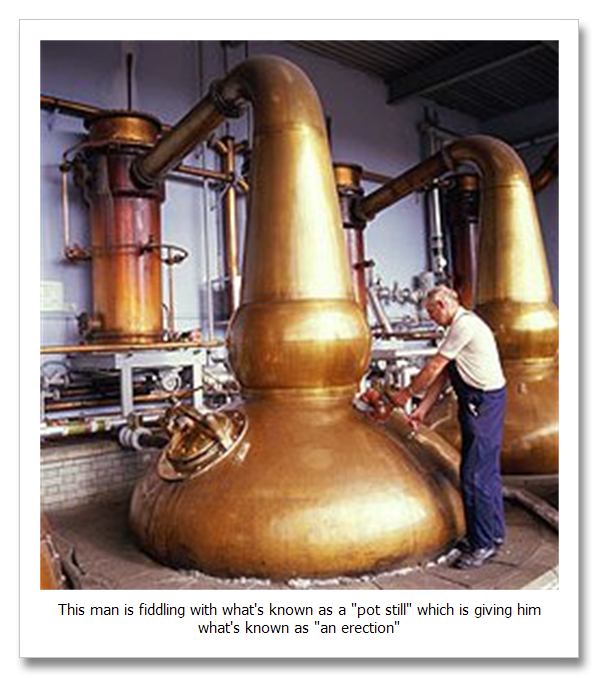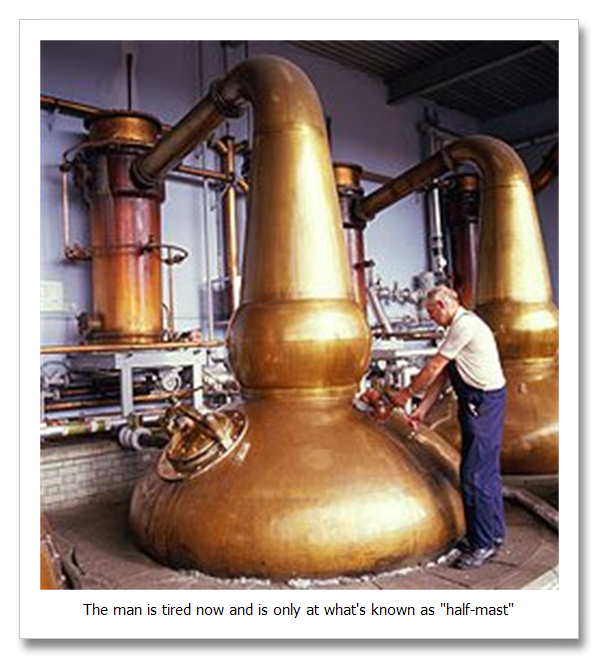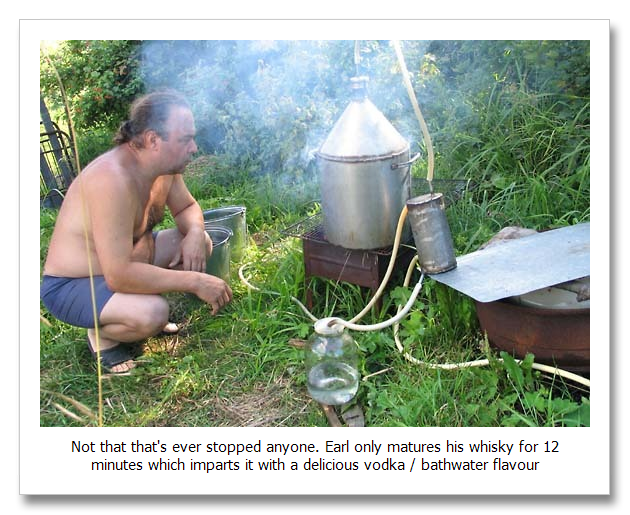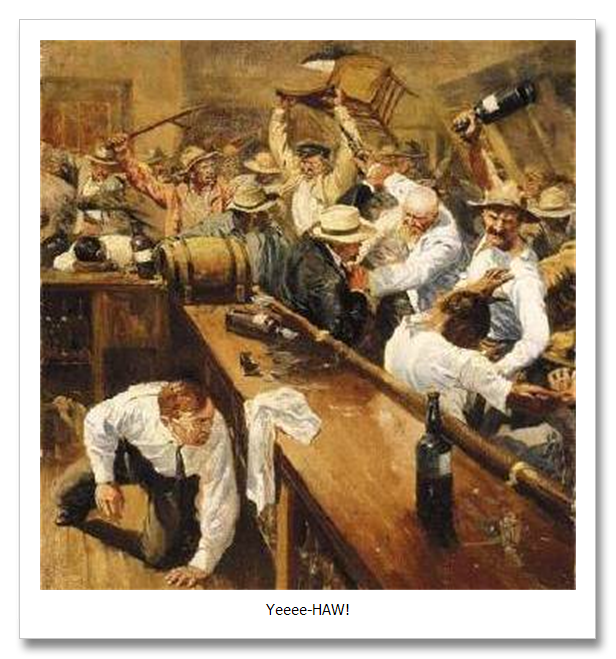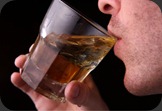 After a vague introduction last week about SlickTiger Industries newest venture, Project Whisky, it’s time for us to officially get this party started.
After a vague introduction last week about SlickTiger Industries newest venture, Project Whisky, it’s time for us to officially get this party started.
My goal here is to get you crazy basterds drinking and enjoying whisky as much as I do because it is truly the greatest spirit ever distilled and your life will be all the better for it.
Step one is the right music. You can’t crack open a bottle of Ireland, Scotland, Japan, America, Canada, hell even India’s finest without getting into the right frame of mind. To get you there I’m calling in a favour from my good buddy, Jim Morrison.
Take it away Jimbo!
Are we on the level here? Good. Get nice and comfy because before one single drop of whisky passes our lips, the first thing we gotta do is nail a few of the basics so that the next time you’re at a bar you can melt people’s faces off with your intense whisky knowledge.
Quick disclaimer before I launch into this – my brain is not what it used to be, so even though I’ve done numerous whisky tastings and been half trained as a whisky presenter, some of my “facts†might not be a little wonky.
So feel free to jump in and correct me if I wander off the beaten path ![]()
First thing’s first: the spelling
Whisky is spelled both with and without the “eâ€. Without the “e†indicates the whisky is from Scotland or has been distilled and matured according to the Scottish style of whisky-making.
With the “e†indicates the whiskey is either from Ireland or America or has been distilled and matured according to either style of whisky-making.
Never use an “e†when spelling Scottish whisky. The Scottish are a volatile bunch and have been known to kill people for less.
How whisk(e)y is made
Whisky is one of the purest forms of alcohol known to man, fact.
It has the lowest fat content of any alcohol and is made from only three ingredients: water, barley (or a suitable starch) and yeast.
The first step in the whisky-making process involves malting the barley by steeping it in water. This kickstarts the germination process so that sugars are released inside the barley seed.
The germination process is then stopped abruptly by drying out the barley once germination has taken place.
If it’s scotch you’re making you dry out the malted barley by burning peat and letting the thick, rich peat smoke dry the barley.
If it’s Irish whiskey you’re making, you dry the barley with hot air.
This is one of the reasons why Scottish whisky is generally smokier and peatier than Irish whiskey.
After that, the malted barley is ground up into a coarse, grainy flour called “gristâ€.
The grist is mixed with warm water to create a translucent, gloopy substance called “wortâ€. Yeast is added to the wort to start the fermentation process.
The result is a kind of beer with an alcohol percentage of roughly 8%. If it was beer you were making, you’d add hops at this point and after some more fermentation, BADA-BANG!
Distillation
From there, this beer-like substance is put in a massive copper still and boiled. The shape of the still has a massive impact on the flavour of the resulting spirit.
This is because as the beer-like substance boils, the alcohol vapours released condense on the sides of the still only to trickle back down and be turned back into vapour again.
Each time this happens, the resulting vapour is lighter and more pure than it was before until it eventually reaches the top of the still.
See, a CONVERSATION takes place between the alcohol and the copper during this process.
A deep, meaningful one where all the impurities in the alcohol are stripped out by the copper and the alcohol vapours eventually become so light they are able to rise out of the still, condense in the arm at the top and trickle down into…
Another still.
Here the process is repeated to make damn sure the resulting alcohol is pure as the driven snow. If it’s Irish whiskey, the spirit is distilled ANOTHER time, making the total number of times THREE for Irish whiskey.
So yeah, it’s not just Jamieson that’s triple distilled. They were just smart enough to make it their tagline. EVERY Irish whiskey is distilled three times, that’s why Irish whiskey is generally lighter, sweeter and fruitier in character than scotch.
Maturation
At the end of the distillation process, the “new make spirit†which comes out at roughly 60 – 70% strength.
The new make spirit is then matured in 2nd hand oak casks. These casks are typically ex-sherry or ex-bourbon casks, this is important because depending on the cask, it can give the whisky different flavour notes.
Typically sherry casks add to the spiciness of a whisky whereas bourbon casks give the spirit sweeter honey / cinnamon notes.
All whisky has to mature in a barrel for a minimum of 3 years or it cannot legally be sold as whisky (or whiskey).
Some whiskies are matured for a much longer time period, this is what the age statement on a bottle refers to. In other words, if you buy a 12 year-old single malt, it’s spent 12 years maturing in an oak cask.
That’s a motherflippin long time. Think back to what you were doing 12 years ago and if the answer is swimming around in your dad’s balls, you’re way too young to be reading this.
The maturation process gives the whisk(e)y about 85 – 90% of it’s flavour and 100% of its colour.
As a general rule of thumb, the darker a whisk(e)y, the longer it has matured in oak casks for.
And THAT is how whisky is made.
[SFX: Crickets]
In the next instalment we’re going to start your whisky journey by easing you into things with a nice, gentle Irish whiskey that, much like the Irish, is friendly, approachable and up for a good time.
Then we’ll drink scotch, swear loudly at each other and break a chair over that guy’s head.
Good times ![]()
-ST
